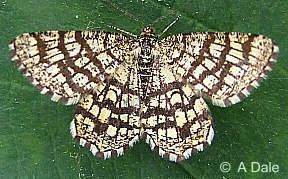Family Geometridae Rank Species | Higher classification Chiasmia | |
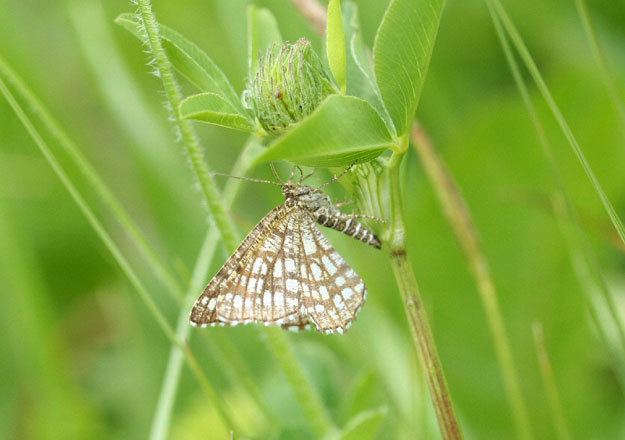 | ||
Similar Butterflies and moths, Ematurga atomaria, Clouded border, Common carpet, Common white wave | ||
Butterfly latticed heath chiasmia clathrata close up gitterspanner schmetterling nahaufnahme
The latticed heath (Chiasmia clathrata) is a moth of the family Geometridae, belonging to the subfamily Ennominae, placed in the tribe Macariini. It is found throughout Europe, the Near East and North Africa (Chinery, 1986) and east through Russia and Siberia to Japan. It is a fairly common species in the British Isles (Skinner, 1984).
Contents
- Butterfly latticed heath chiasmia clathrata close up gitterspanner schmetterling nahaufnahme
- Latticed heath ruutumittari perhonen
- Taxonomy
- Adult
- Larva
- Ecology
- References
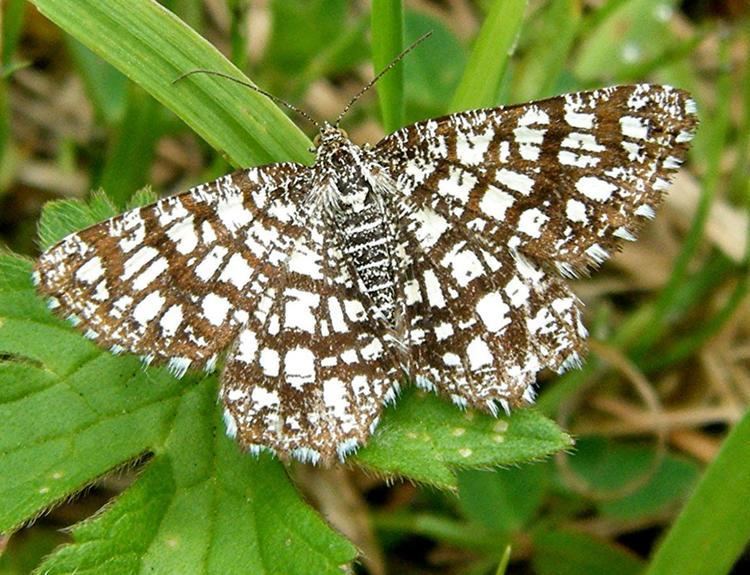
Latticed heath ruutumittari perhonen
Taxonomy
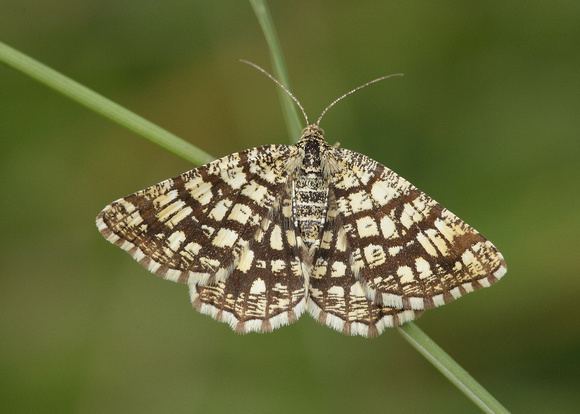
The current placement of clathrata in the genus Chiasmia follows from the revision by Scoble (2002) of the tribe Macariini, when he showed that true Semiothisa species were restricted to the Americas. There are a number of described subspecies. Molecular work (Õunap et al., 2011) has confirmed the placement of clathrata within Chiasmia.
Adult

The wings are white or buff with a network of brown lines (hence its common name). These lines vary in thickness and sometimes the wings are almost entirely dark brown.
Larva
The final instar larva is pale green with white lines, including a strong lateral line and thin dorsal lines along the body. Abdominal segments A1 through A5 have a strong white line across the rear end of each segment that ends just above the lateral line (Porter, 1997).
Ecology
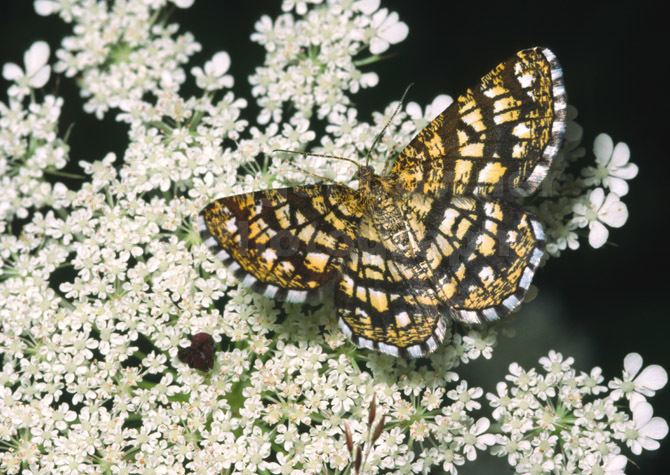
In the British Isles, one or two generations annually, with adults seen at any time from May to September (Skinner 1984). Larvae feed on bedstraws and various legumes such as clovers, trefoils, lucerne and meadow vetchling, primarily in June and July and from mid-August through September, though in Ireland and northern Britain larvae occur in July and August (Porter, 1997). The species overwinters as a pupa. This species flies both during the day and also at night when it is attracted to light.
